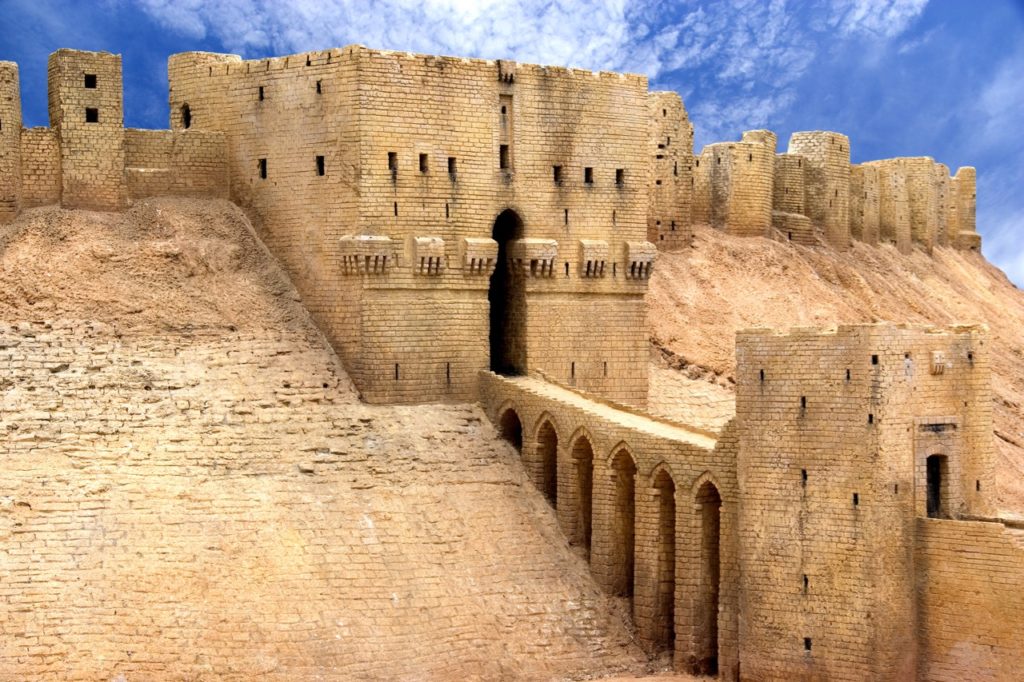Aleppo is one of the oldest continuously inhabited cities in the world, with settlements dating back at least 5,000 years. However, the exact origins and etymology of its name have long been discussed among historians and linguists. Let’s explore what is known about how the city came to be called Aleppo.
Milking Traders on the Ancient Trade Routes
In Arabic, the city is known as حلب (Ḥalab), which is commonly folk-etymologized as coming from the Arabic root word حلب (ḥalaba), meaning “to milk”. According to local tradition, the city’s name derives from an ancient practice where Abraham provided milk to travelers moving through the region along important trade routes. As one story goes, Abraham would sit under a big tree and offer milk to refresh weary traders, hence the name Ḥalab (place of milking). While uncertain, this origin story reflects the city’s historical importance as a stop along routes for regional and international trade.
Transliteration Through Languages
As trade and empires expanded, Aleppo’s name underwent transliteration into other languages. In Italian, it became Aleppo. In French, the name was modified to Alep. Under the Ottoman Empire, Turkish records referred to the city as Halep. However, the root Ḥalab remained consistent in Arabic. An interesting linguistic difference is that while Arabic lacks a “P” sound, young Arabs today can pronounce it through exposure to English/French. Yet some still substitute the “B” sound in words like “pizza” or “Pepsi”.
Shifting Through Empires and Eras
Recent scholarship suggests the most plausible origin comes from Arabic حلب itself. However, the exact derivation is still uncertain. Over centuries of occupation and rule by various powers like the Romans, Byzantines, Crusaders, Mamluks and Ottomans, Aleppo served as a provincial and regional center. Its name was modified as it entered new languages during these shifting eras. From its early importance along transregional trade routes came local etymologies like “place of milking”. While mythical, such folk stories reflect Aleppo’s historic role facilitating exchange across empires along the famed Silk Road.
A Hub of Cultural Interaction and Innovation
Aleppo’s location yielded dynamic cultural exchanges. Under Islam’s rise, it incorporated Arab and Islamic influences while retaining aspects of earlier traditions. Its population included various ethnic and religious communities spanning Sunni and Shiite Muslims, Christians and Jews. As a hub for intellectuals, scholars, artists and innovators from near and far, Aleppo fostered scientific breakthroughs and architectural masterpieces. Even today, its famed handicrafts like marbling and mother-of-pearl inlaying reflect its historic role as a melting pot. While researchers continue piecing together its deep past, Aleppo’s name echoes the city’s enduring position at the heart of cultural interaction across the ages.

 Traveling to Mexico as a US Military Member
Traveling to Mexico as a US Military Member